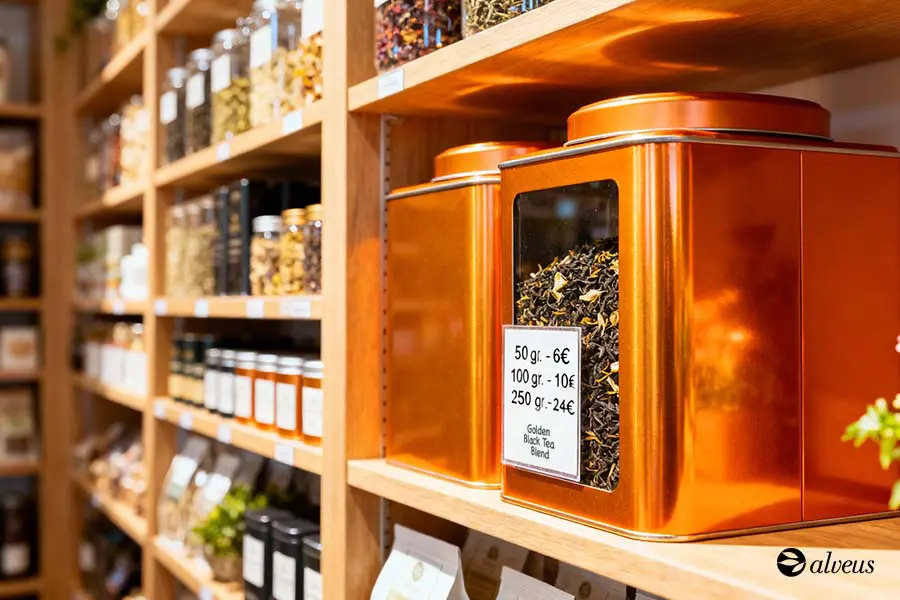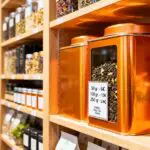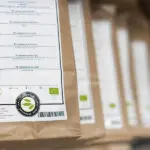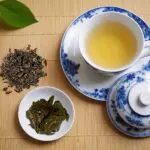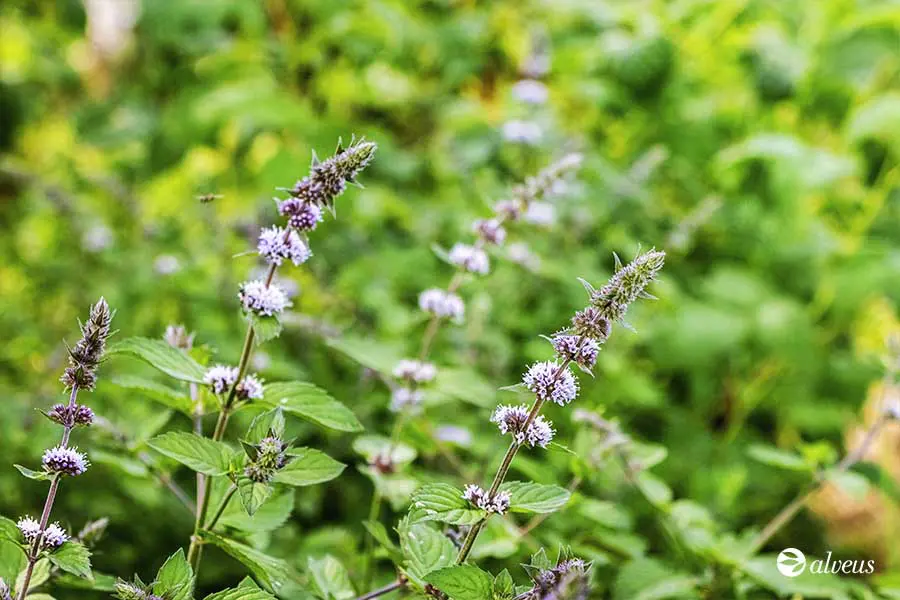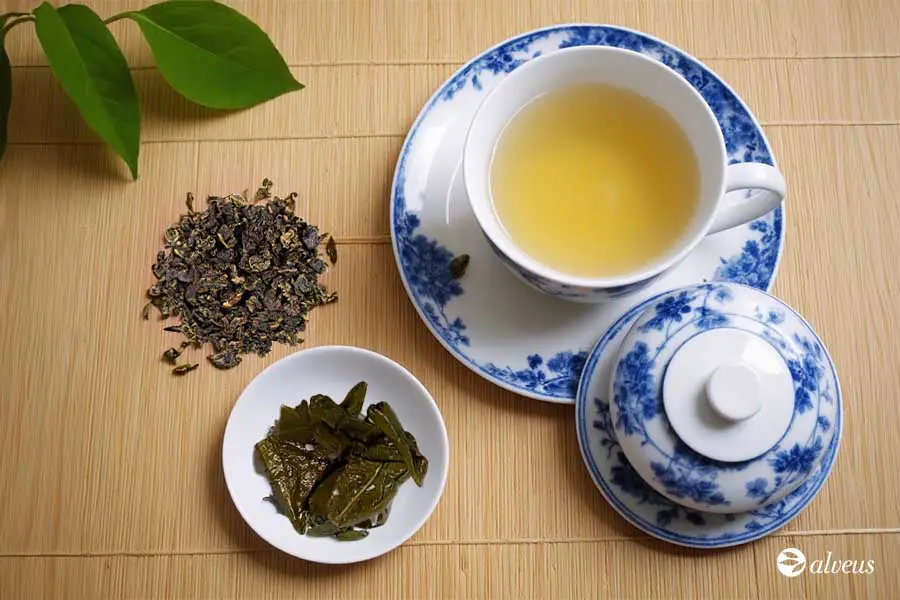In this post, we’re going to tackle one of the most common questions our clients ask, especially those taking their first steps in the tea business: at what price should you sell your tea?
From the outset, we want to make it clear that what follows is a general guideline, as every business has its own particularities. Still, this information will serve as a reference and inspiration to help you define your pricing structure.
Having a sound pricing strategy is essential for maximising your profits and maintaining a competitive edge. On the other hand, an ill-considered pricing policy could mean your products simply don’t sell, or worse, that you end up losing money.
Drawing on our experience with thousands of tea businesses, we’ve created this practical guide to help you design your pricing strategy and optimise your profitability.
It all starts with understanding your tea shop’s costs

Before setting your prices, it’s crucial to understand all the costs associated with your tea business in detail. Only with a complete overview will you be able to set prices that are both profitable and sustainable. Here are the main types of costs to consider:
- Acquisition costs: The purchase price of teas and other complementary products.
- Operating costs: Rent, staff salaries, utilities, supplies, and other general expenses.
- Marketing costs: Investment in advertising, promotions, and marketing campaigns.
- Shipping and logistics costs: For online shops, this includes packaging, transport, and order management expenses.
Once you’ve identified all your costs, calculate your desired profit margin. This margin is the difference between your selling price and the product cost. Make sure it’s wide enough to cover all your expenses and still leave a reasonable profit.
Look at your competition
One of the best ways to define your pricing strategy is by observing your competitors. Analysing how other businesses operate will help you understand the market and set realistic, sustainable prices.
If you run a physical shop, look at the prices in other tea shops in your city or nearby towns. If you sell online, study the pricing policies of specialised stores in your niche.
This analysis will help you understand market expectations and position your prices competitively, without compromising your profitability.
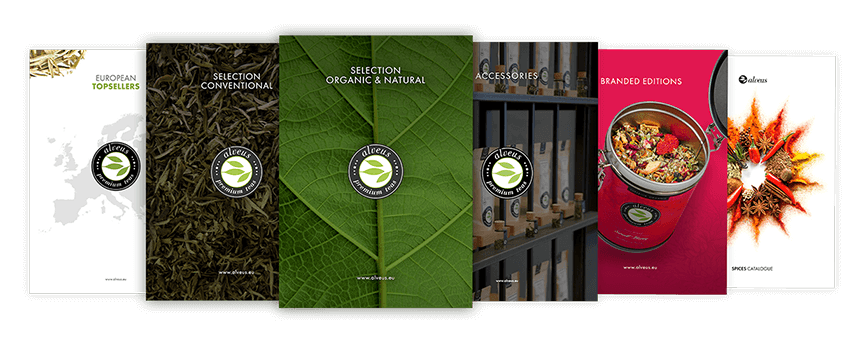
The best rule for setting your tea prices
Tea shops usually sell their products in three main formats:
- 50 grams
- 100 grams
- 250 grams
Ideally, start by defining the price for 100 grams, ensuring it covers all your costs and leaves a reasonable profit margin.
From there, adjust the other formats following this logic:
- The 50-gram format should be priced slightly higher than half of the 100-gram price.
- The 250-gram format should be proportionally cheaper than the 100-gram price.
Let’s look at a practical example:
If you sell 100 g for €10, you could sell:
- 50 g for €6
- 250 g for €24
This way, you encourage customers to buy larger quantities by offering a small volume discount, increasing the average value of each purchase.
Some techniques to make your prices more appealing
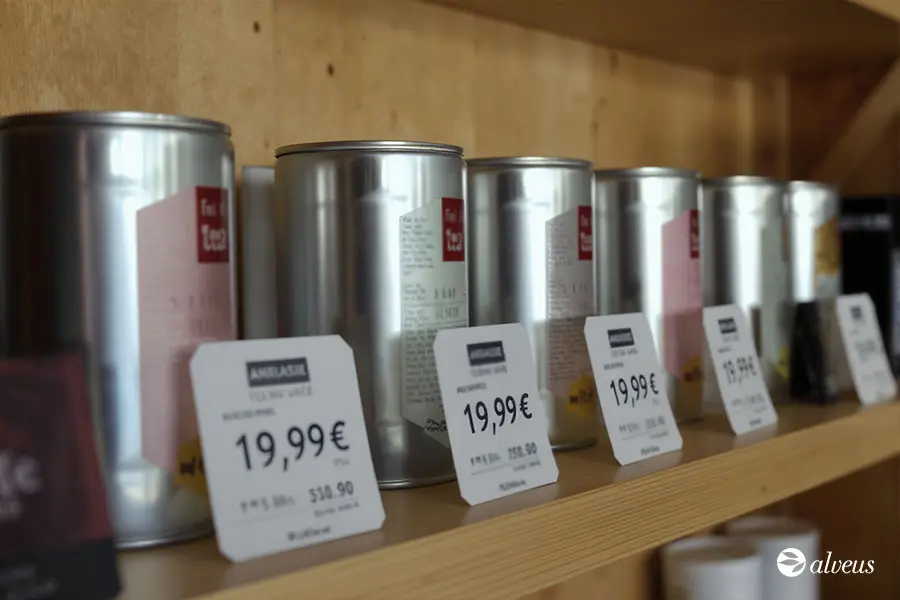
Set value-based prices
This means setting your prices according to the perceived value for the customer, not just based on your costs.
If you offer premium teas or exclusive editions, your customers will be willing to pay more for the quality, presentation, and unique experience you provide.
Use psychological pricing
Psychological pricing is an effective tool to make your products appear more affordable.
For example, selling at €9.99 instead of €10 gives customers the impression of a lower price, even though the difference is minimal.
Apply smart discounts and promotions
Discounts and promotions can help you attract more customers and boost sales.
Some effective ideas include:
- “Buy one, get the second at half price”
- “3 for 2” on selected products
- Highlighted discounts to clear specific teas or collections
This way, you promote stock rotation and encourage customers to associate your shop with competitive and attractive offers.


